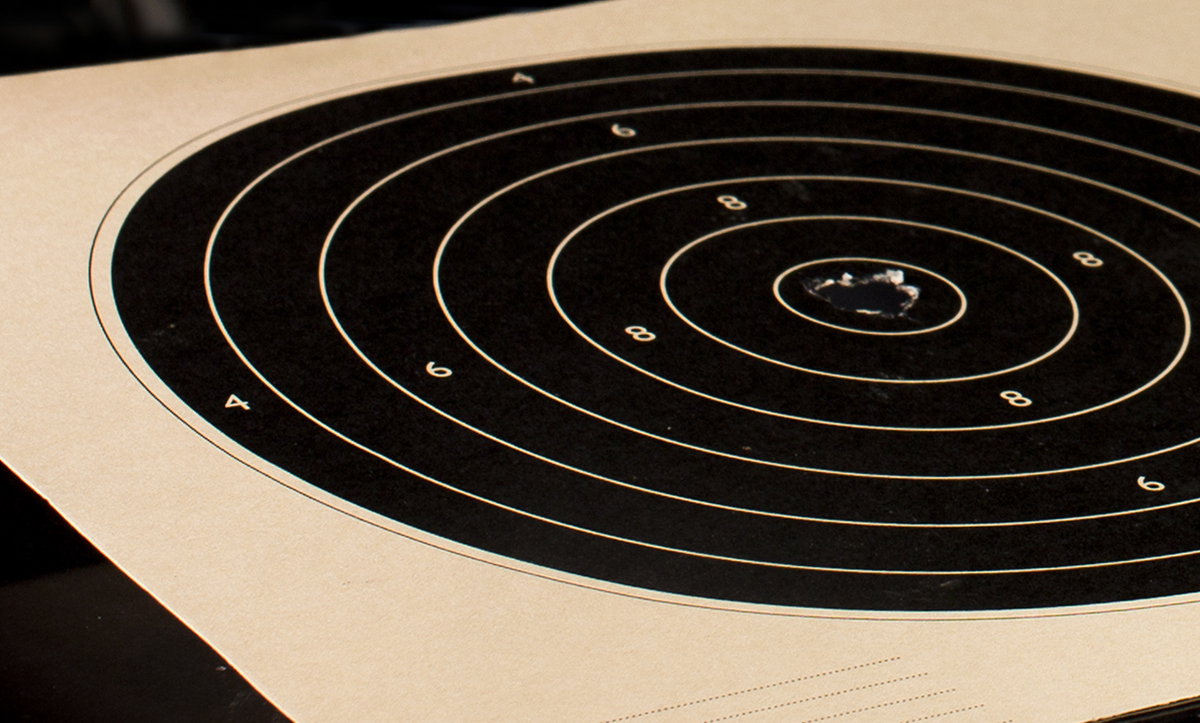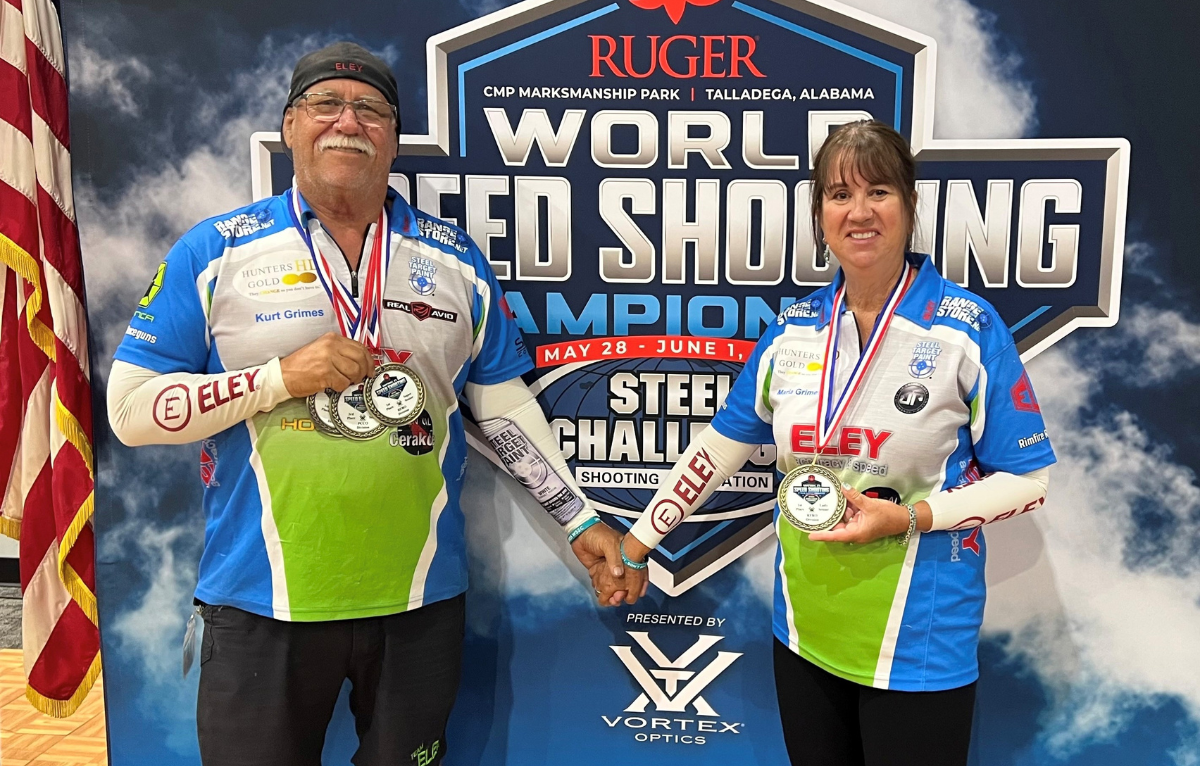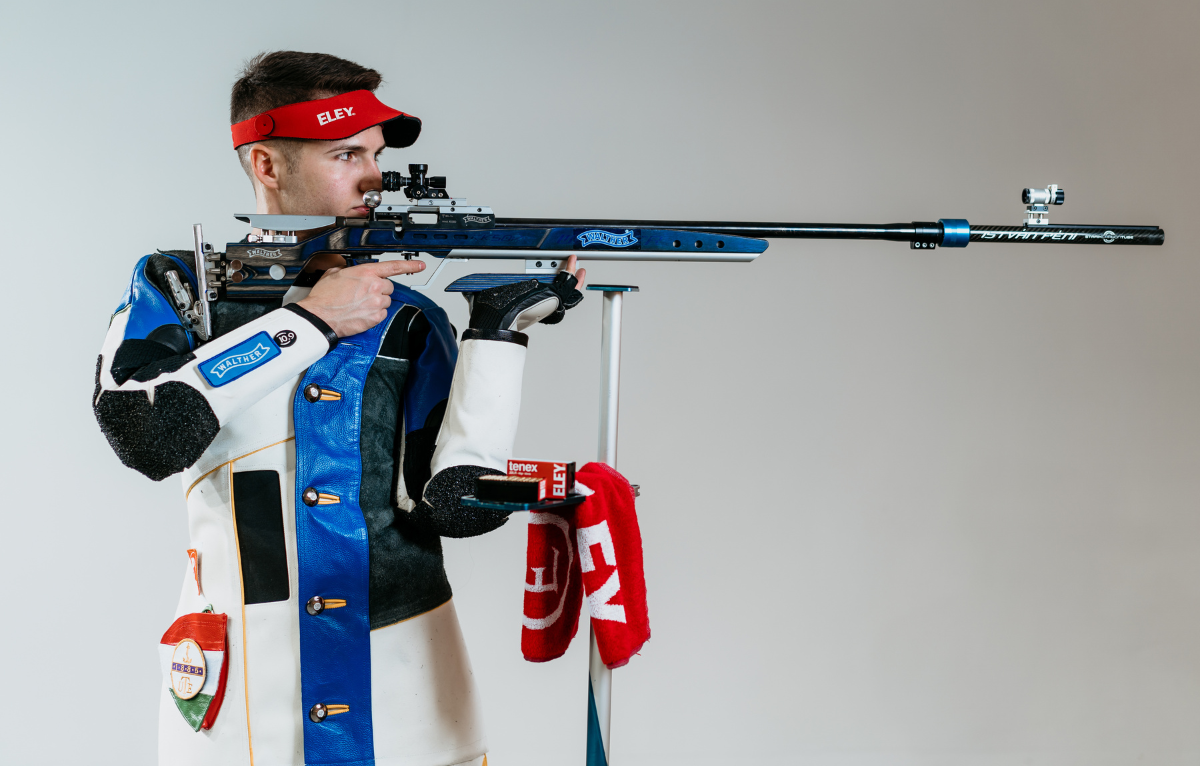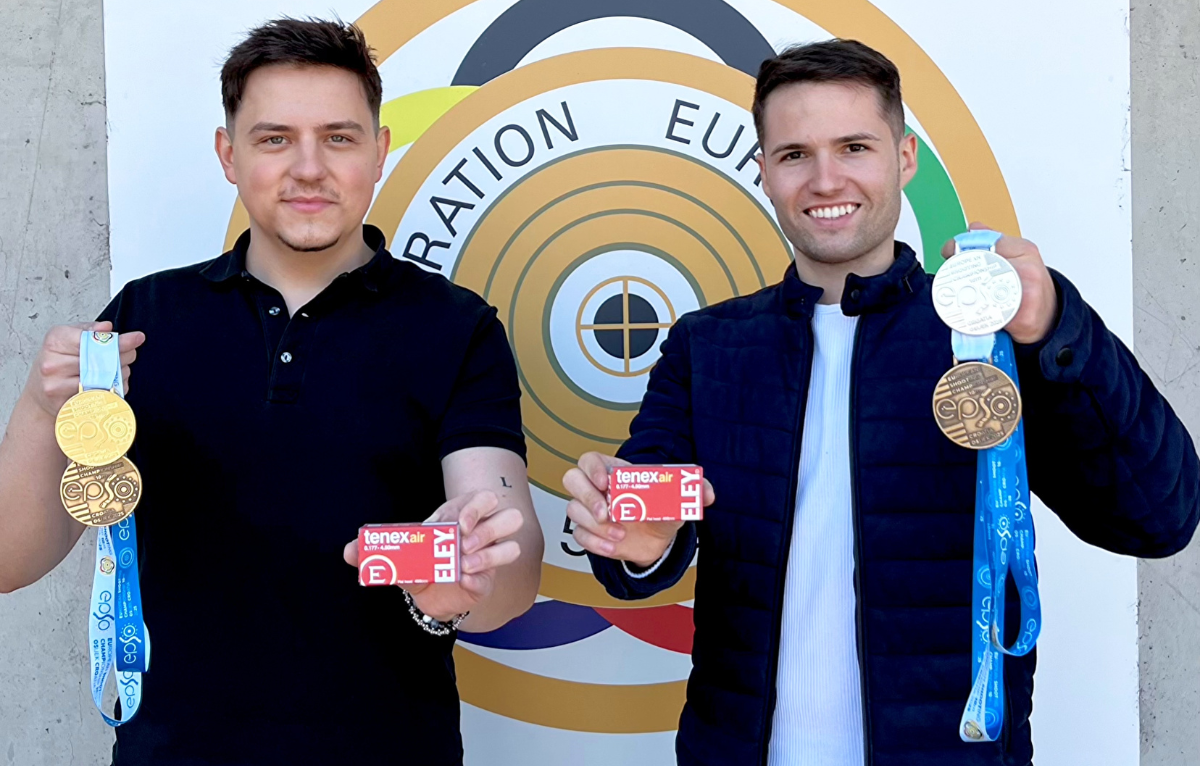Does velocity impact on shooting accuracy?
We all know that there are a multitude of factors that can have an influence over shooting accuracy. Barrel maintenance, air temperature, wind speed, ammunition type and even the shooter themselves. Understanding each element and its potential impact allows you to introduce measures to help limit these factors.
Here, we’re looking specifically at projectile velocities for .22LR ammunition. The .22LR round is one of the most common cartridges used worldwide. Many target rifles and pistols are available chambered for .22LR, and rounds can typically be split into two velocity bands.
Subsonic: below 1,100 feet per second
Supersonic: over 1,100 feet per second
So is there a difference between the accuracy of subsonic and supersonic rounds?
Put simply, supersonic bullets break the sound barrier. This produces the small sonic crack you hear after the round is fired. As the bullet loses velocity, the transition from supersonic to subsonic can destabilise the projectile reducing the accuracy of its trajectory.
Subsonic rounds on the other hand don’t suffer from this problem. This makes them more accurate at shorter distances because they aren’t affected by the inherent instability resulting from supersonic rounds returning to subsonic velocity.
Nevertheless, the perception of accuracy is dependent upon application.
Let’s put this into context for different shooting disciplines. Although the difference in accuracy may only be miniscule, for those competing at the highest level on the ISSF and Olympic circuit for instance, the smallest change can mean the difference between qualifying for a World Cup final and even if they take home the gold or silver medal.
Due to their lower velocity, subsonic rounds also generate reduced recoil allowing shooters to get back on target faster. This is particularly important when shooting timed events such as Rapid Fire Pistol and practical shooting disciplines.
Hunting, on the other hand, is slightly different. This is because you’re not only relying on accuracy, but also stopping power and expansion characteristics too. ELEY’s supersonic high velocity hollow round features a hollow-nosed profile and low antimony levels for maximum expansion and stopping power. When combined with increased velocity, flatter trajectory, and greater energy at the target, this allows hunters to humanely dispatch targets at greater range compared to a subsonic round.
To find out more about ELEY’s subsonic and supersonic rounds, head over to our ammunition page to see our full range.





